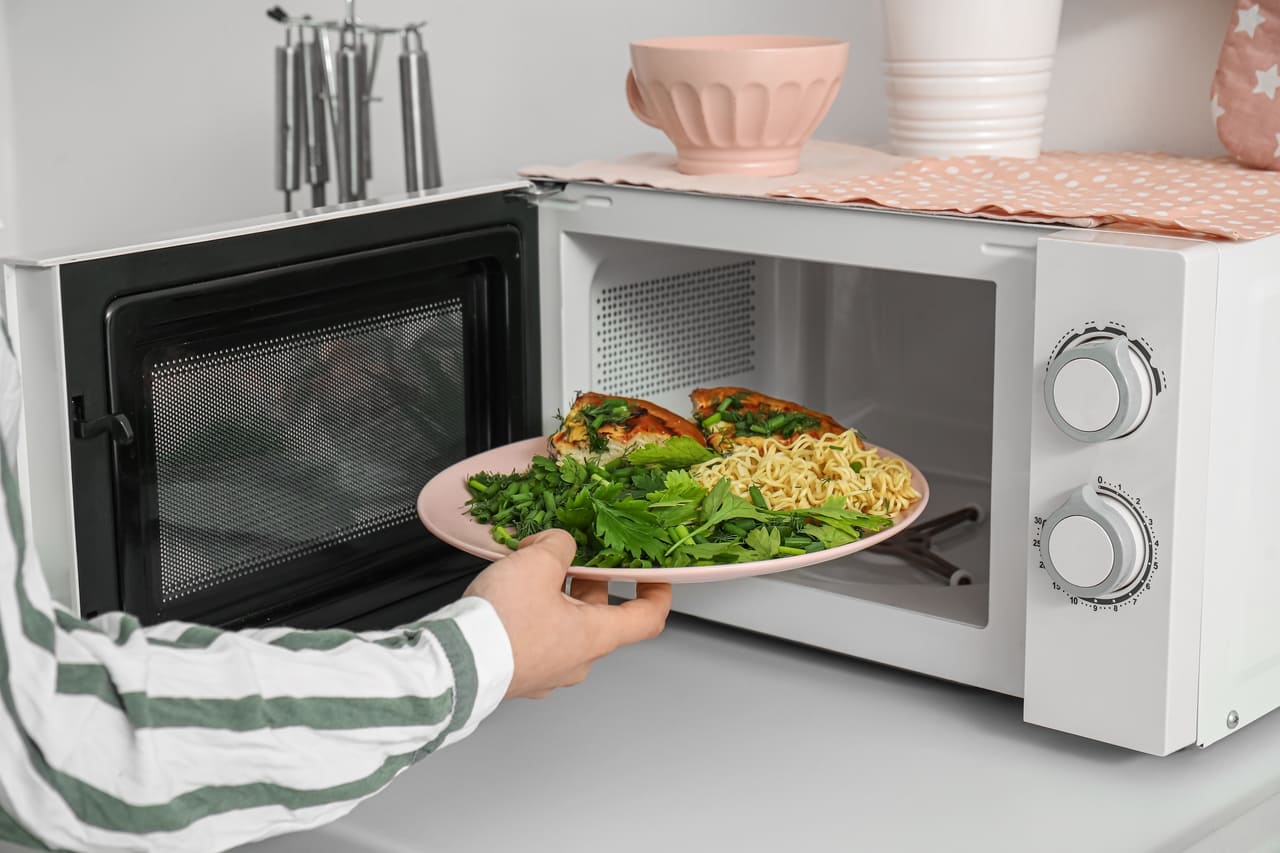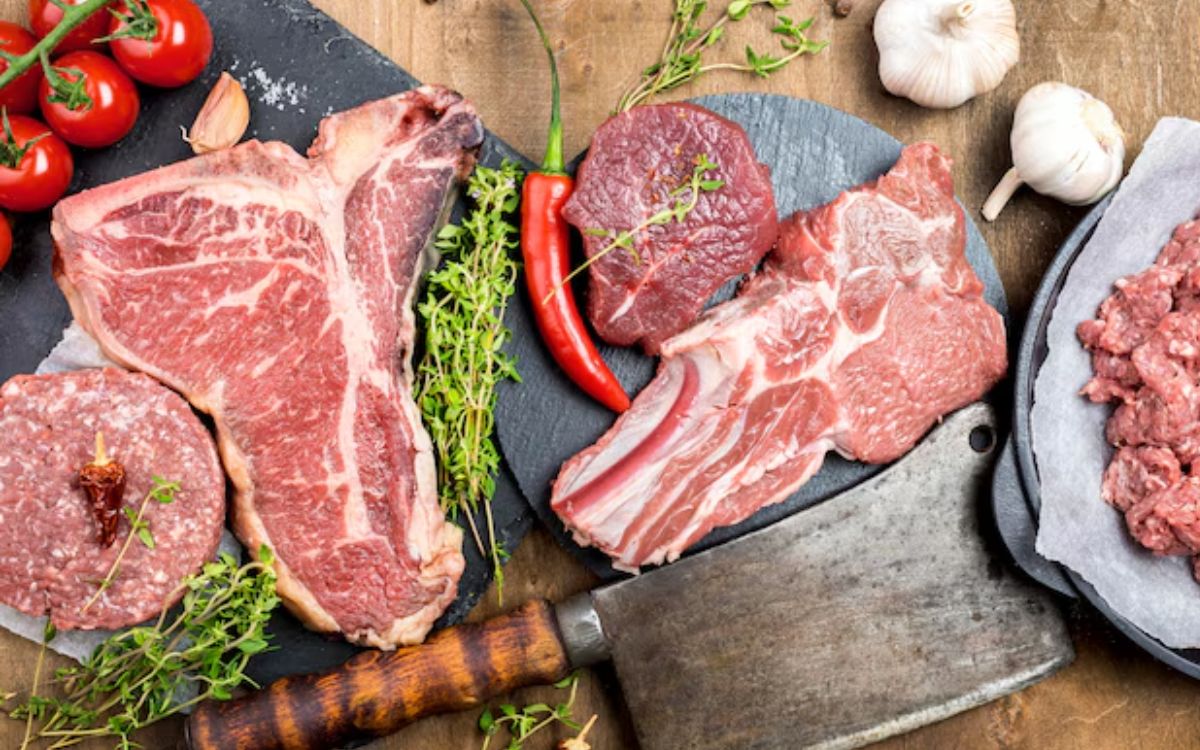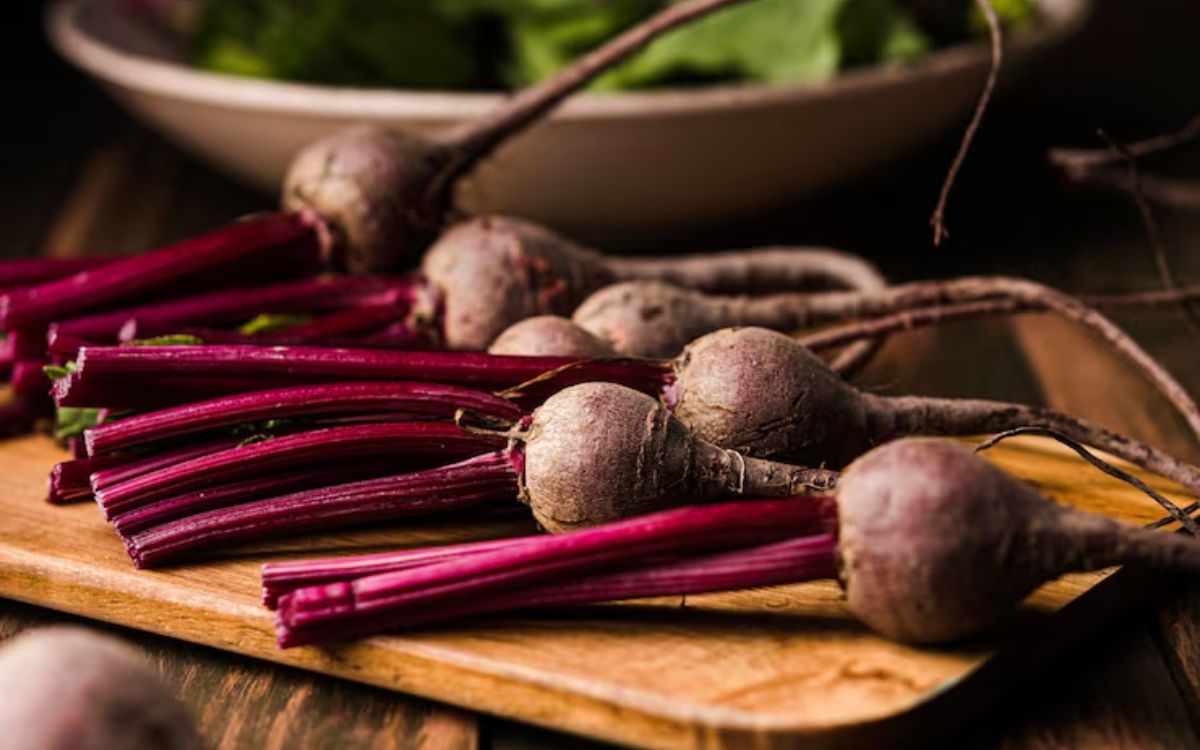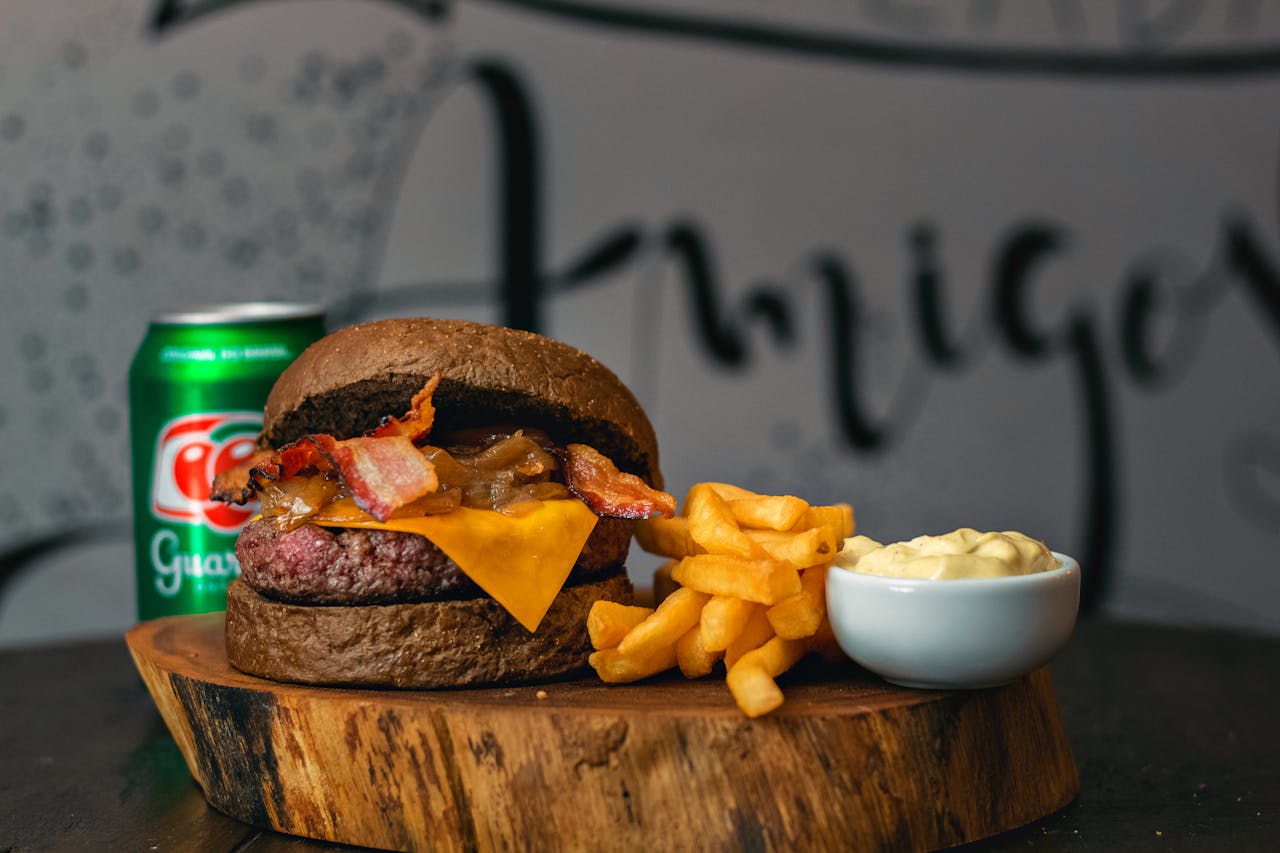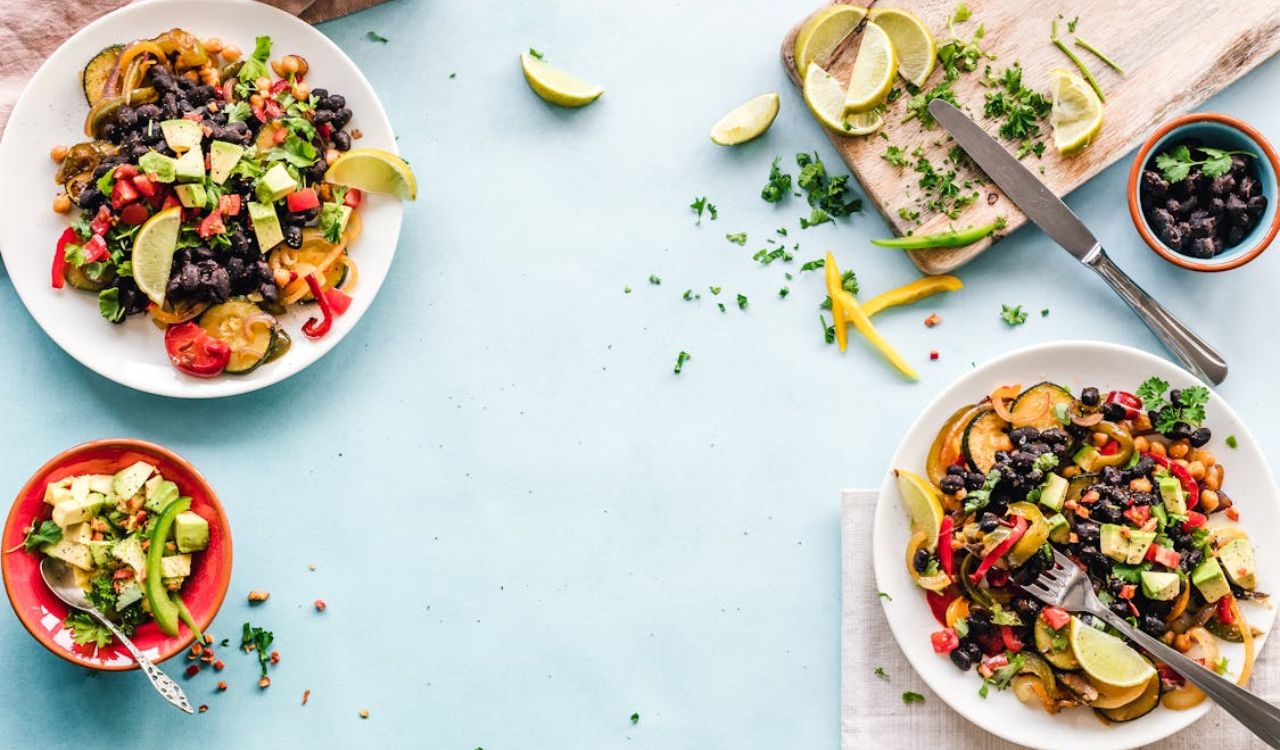These 9 Pantry Foods Are Better Stored Elsewhere
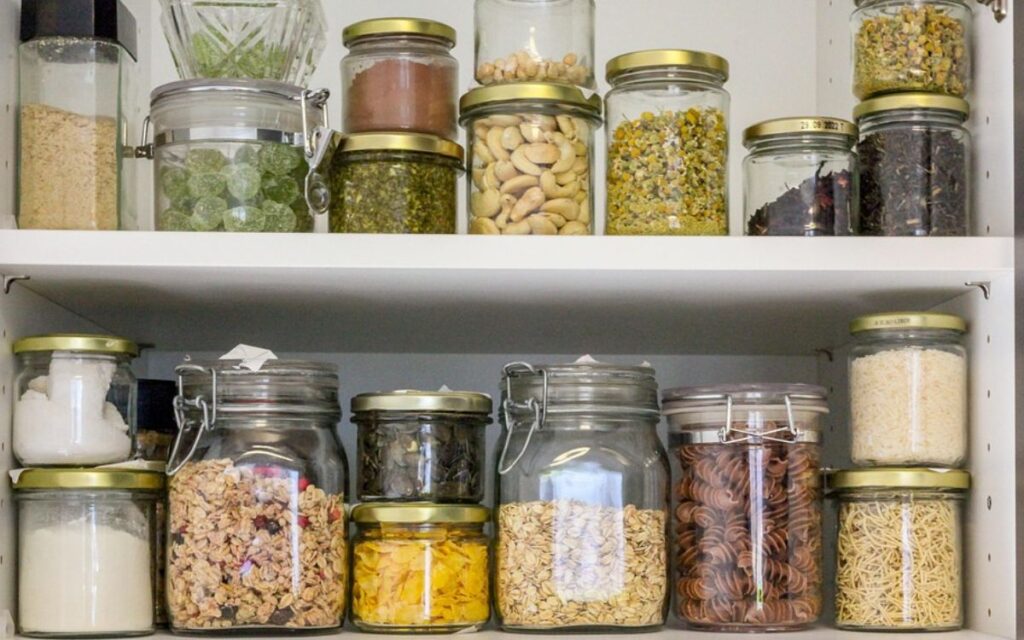
Not everything in your pantry belongs there. Some common staples lose flavor, texture, and quality faster when stored in warm, enclosed spaces. By moving them to cooler, darker, or more ventilated areas, you can extend their shelf life and enjoy better-tasting food while reducing waste. Here are nine everyday items that are better stored elsewhere, and how to keep them fresh for longer.
Bread
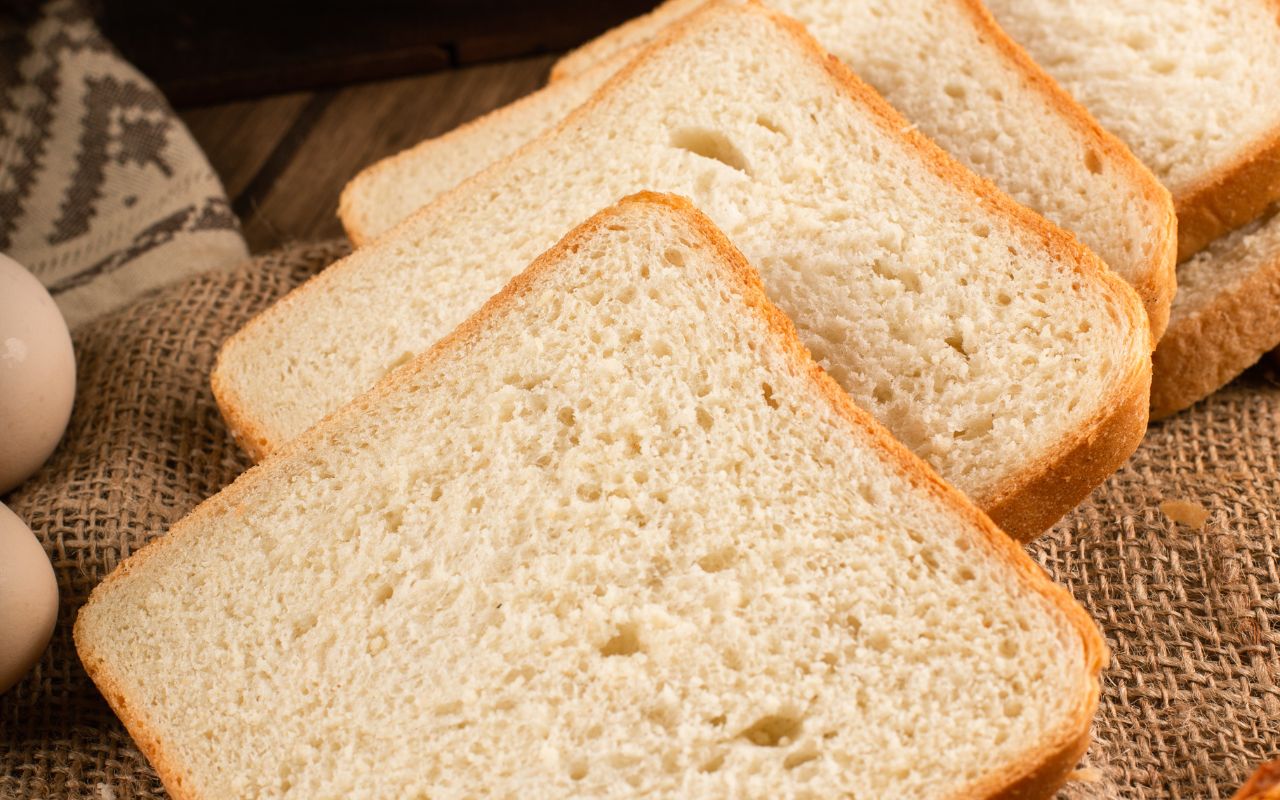
Bread molds quickly in a warm pantry and turns stale faster in the fridge. The best way to keep it fresh is to store only what you’ll eat in a couple of days at room temperature in a bread box. Freeze the rest, ideally sliced, so you can toast or thaw just the amount you need. This keeps the texture soft, the flavor fresh, and reduces waste, allowing you to enjoy fresh-tasting bread for weeks instead of days.
Coffee

Coffee loses its bold flavor when exposed to heat, light, or moisture. Storing beans or grounds in a pantry near the stove or in clear containers will cause them to go stale quickly. Instead, use an airtight container in a cool, dark cupboard. Buy smaller amounts and grind beans right before brewing. This way, each cup stays rich and aromatic, delivering a fresh, satisfying flavor from the first sip to the last.
Olive Oil
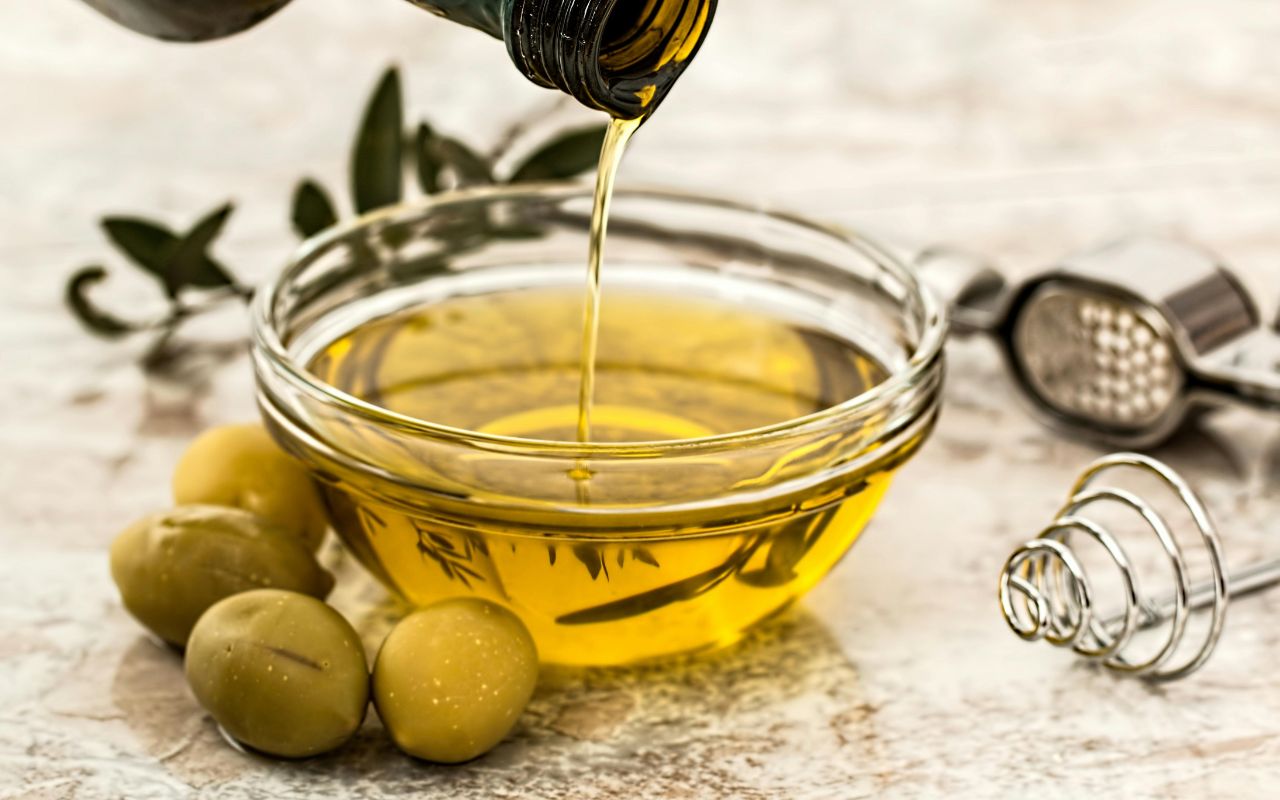
Olive oil’s flavor and nutrients break down when exposed to heat and light. Keeping it next to the stove or in direct sunlight shortens its shelf life. Store it in a cool, dark cupboard instead. Use a small bottle for daily cooking and refill it from a larger, tightly sealed container stored away from light. This keeps your oil fresh, flavorful, and prevents it from turning rancid before you’ve used it all.
Maple Syrup
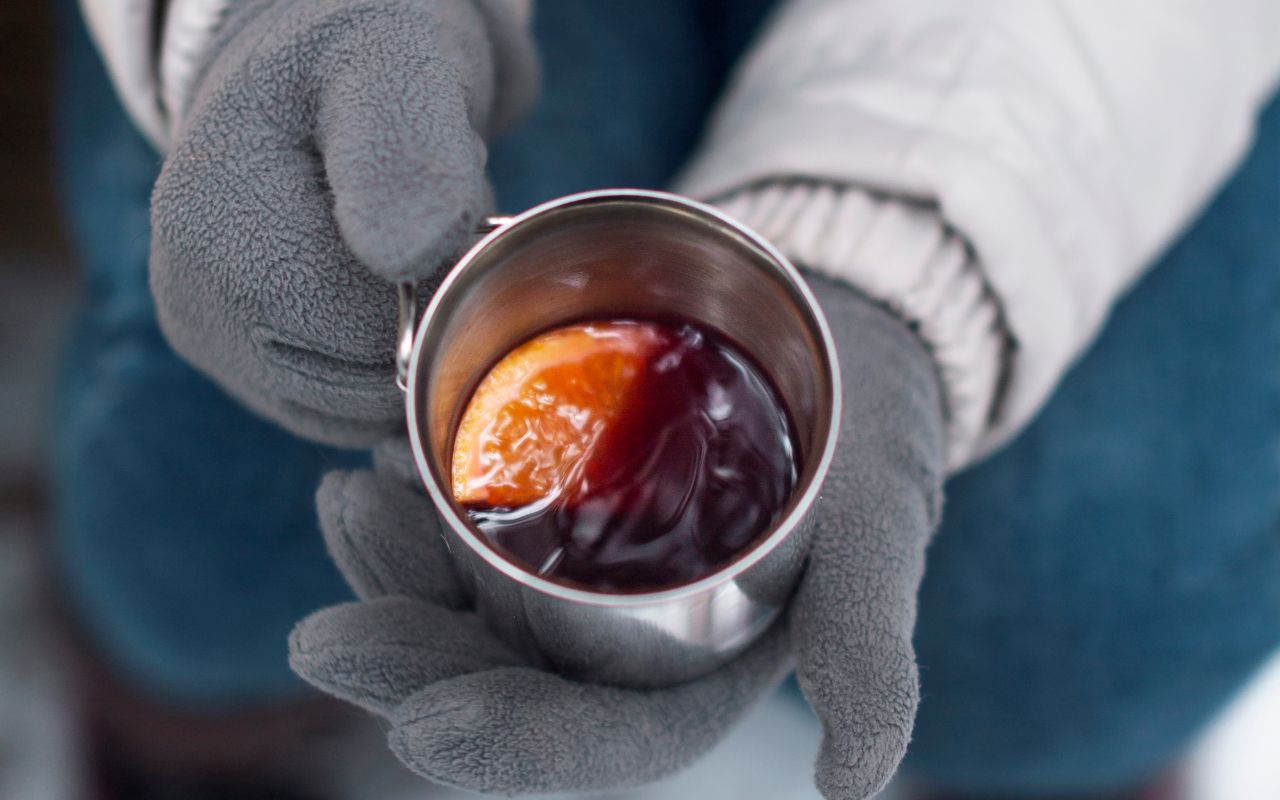
After opening, maple syrup can develop mold if left in the pantry. Always store it in the refrigerator to preserve flavor and quality. If you buy in bulk, freeze extra portions in airtight containers and thaw them when needed. This prevents waste and keeps every pour tasting sweet and rich. With proper storage, maple syrup can stay fresh for months, making every breakfast or dessert just as good as the first.
Honey
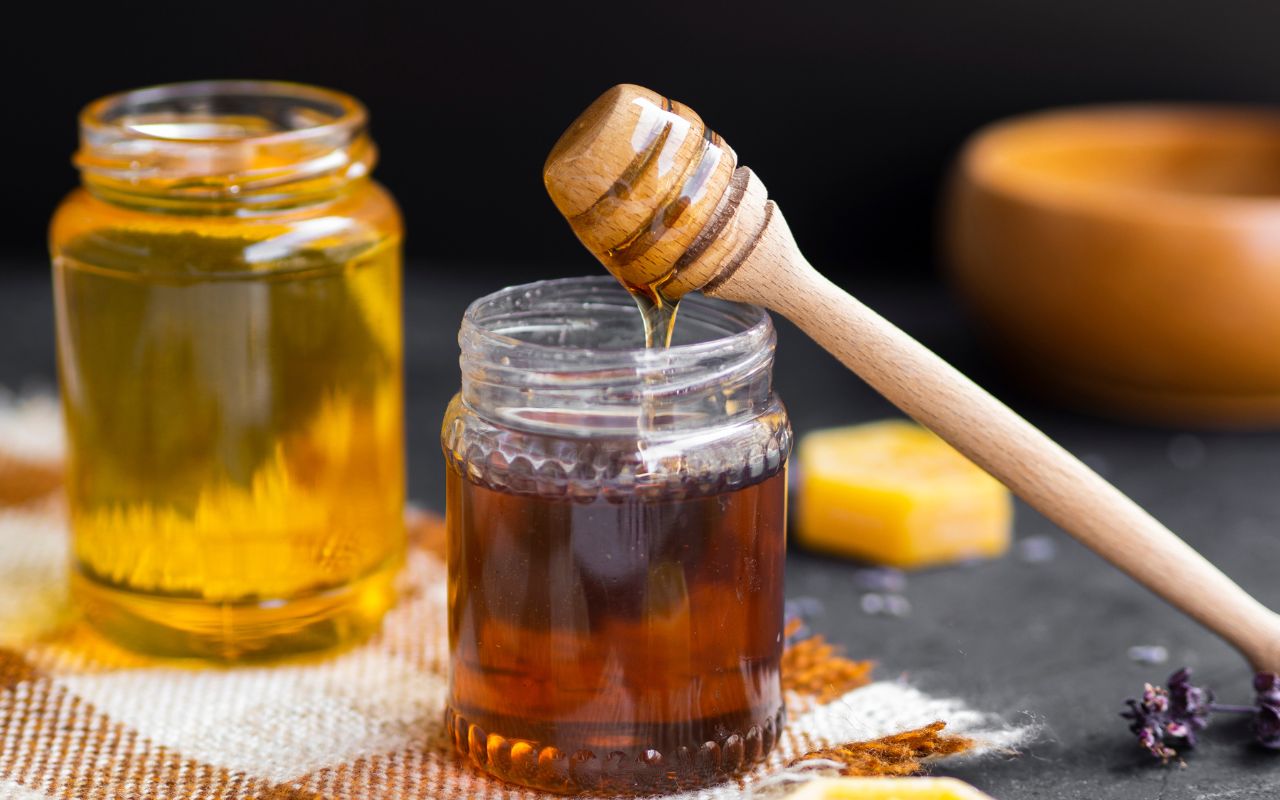
Honey won’t spoil, but heat can cause it to darken and lose flavor over time. Keep it in a sealed jar in a cool cupboard away from sunlight. If it crystallizes, place the jar in warm water to restore its smooth texture. Stored properly, honey will stay tasty for years, making it one of the easiest and longest-lasting sweeteners you can keep at home for baking, cooking, or everyday use.
Avocados

Unripe avocados should stay on the counter until they soften naturally. Once ripe, move them to the fridge to slow ripening and prevent them from turning mushy or brown. This gives you more time to enjoy them at their best, whether you’re making guacamole, topping toast, or slicing them into salads, while reducing waste from overripening and keeping them fresh longer.
Tomatoes
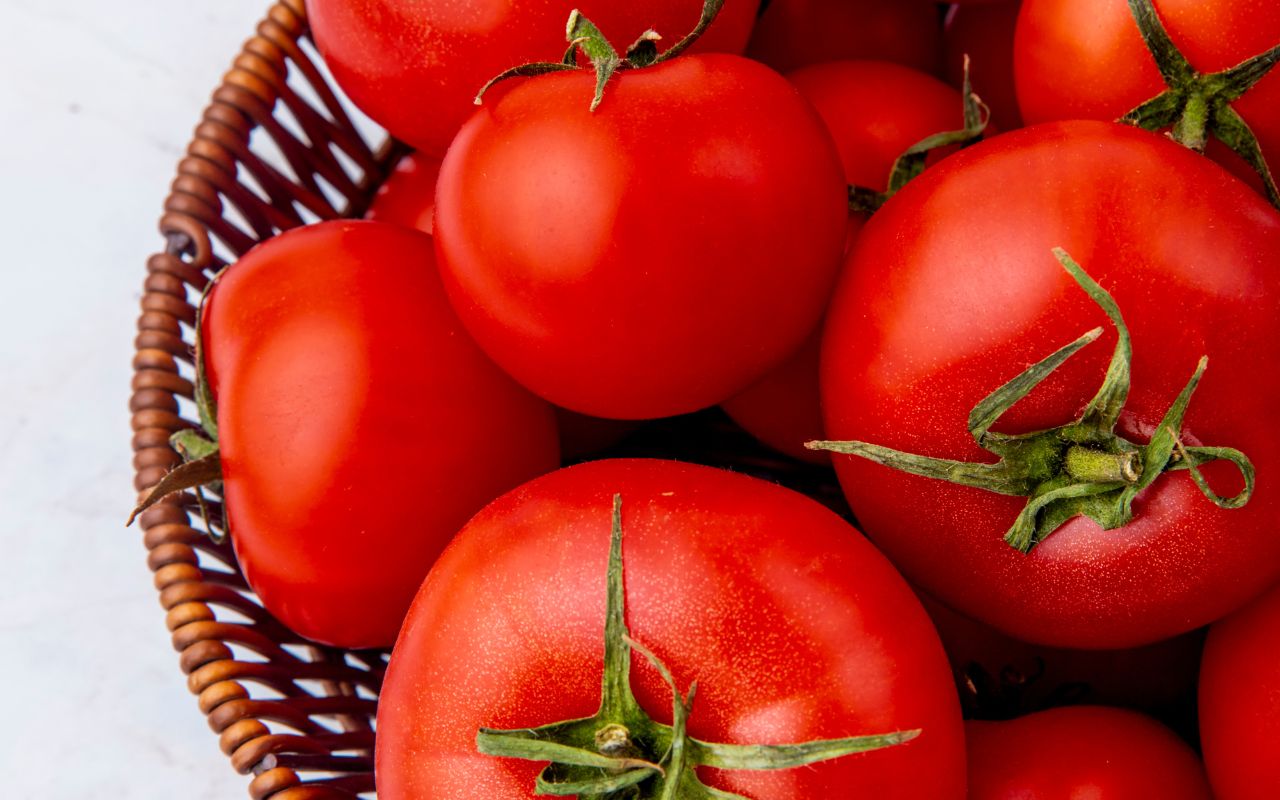
Refrigerating tomatoes before they’re ripe can make them lose flavor and develop a mealy texture. Keep them at room temperature until fully ripe, then move them to the fridge only if you need to store them for a few extra days. This helps them stay sweet, juicy, and perfect for fresh salads, homemade sauces, or a quick snack, without compromising their taste or texture.
Mushrooms
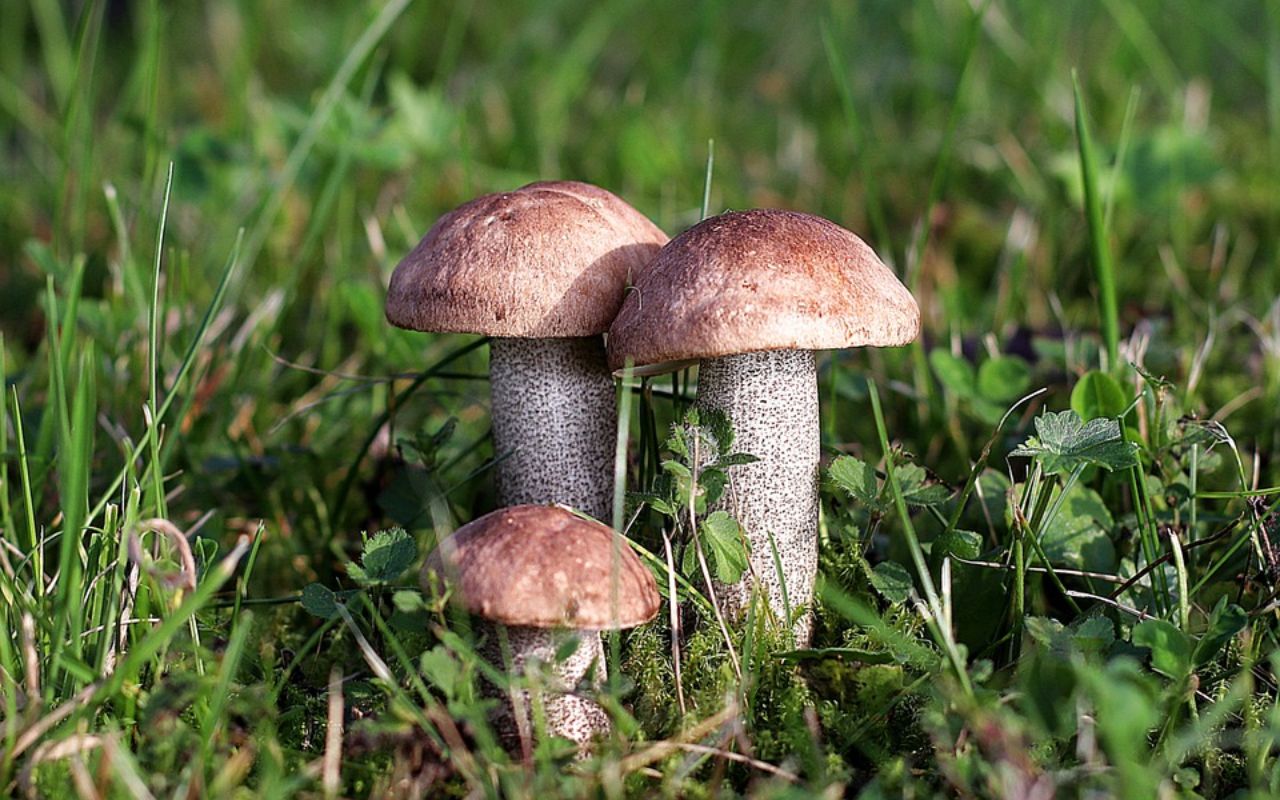
Mushrooms spoil faster when stored in sealed plastic, as moisture builds up and causes them to become slimy. For best results, keep them in a paper bag in the fridge to allow airflow and prevent excess moisture. This keeps them firm and flavorful, ready for soups, stir-fries, or sautés. Proper storage ensures they last longer and taste fresh when you’re ready to cook them.
Onions
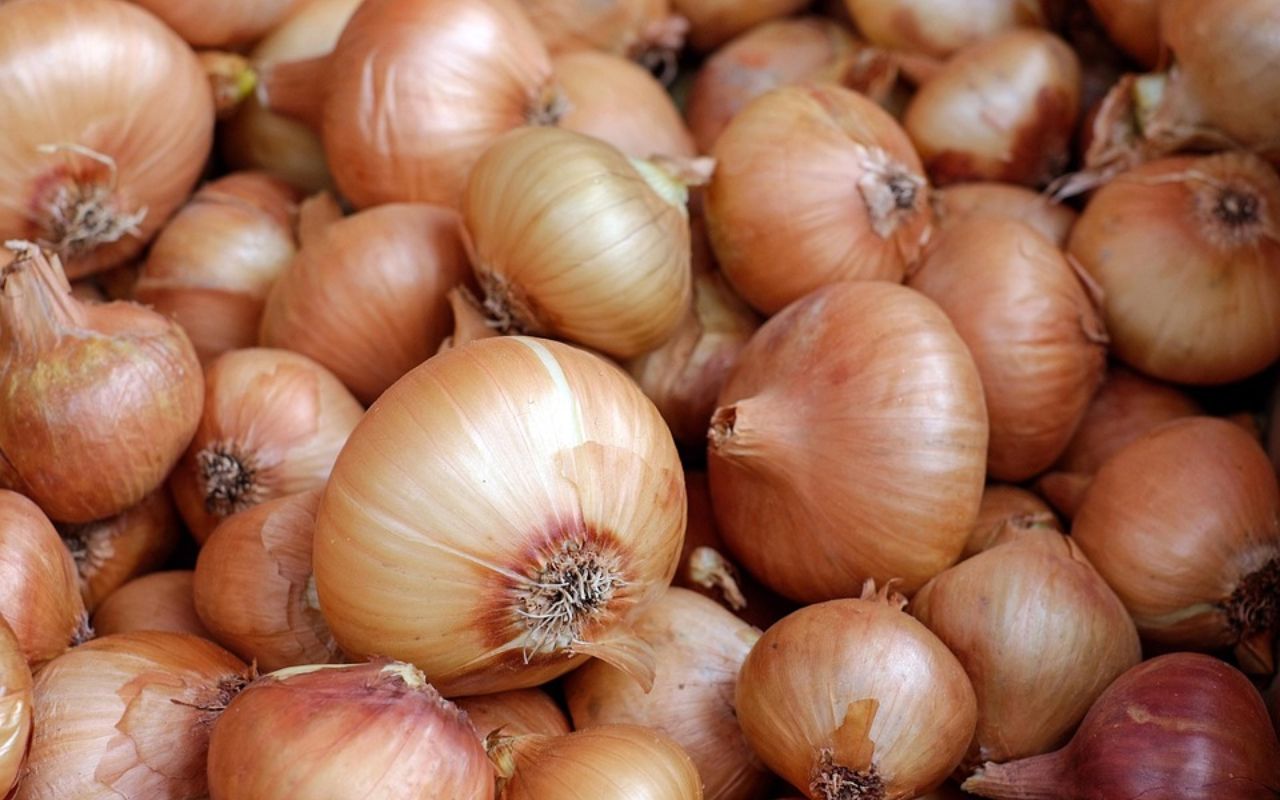
Pantry humidity can make onions sprout or rot, especially in closed containers. Store them in a cool, dry, well-ventilated place, like a mesh bag or open basket. Keep them away from potatoes, which release gases that speed up spoilage. Stored this way, onions can stay fresh for weeks or even months, keeping their flavor strong and ready for cooking whenever you need them.



